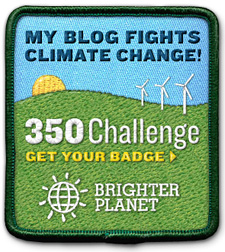As it stands now, it seems like oil is starting to wash up on a few surrounding islands where baby turtles usually hatch and seabirds nest. Other reports mention the hulk paint scratched off on the seabed killing corals. This paint contains toxic chemicals such as heavy metals and herbicides which aren't good for marine life for obvious reasons.
I have enclosed more information about the damage at the bottom of this post. Don't hesitate to scroll down after the images.
These photographs of the bulk carrier Shen Neng 1 were taken by the Great Barrier Reef Marine Park Authority.

 |
 |
 |
The photos below are courtesy of the Maritime Safety Queensland.








Below is an extract from an information sheet released by the Great Barrier Reef Marine Park authority:
What risk does dispersant pose?
Dispersants are used to minimise the environmental impact of an oil spill. Dispersants do not eliminate the problem of an oil spill but are intended as a means of reducing the overall environmental impact of an oil slick at sea. Oil Spill Dispersant (OSD) use accelerates the weathering and biological breakdown of oil at sea and reduces the impact
of oil on sensitive foreshore environments.
Oil Spill Dispersants are also highly effective in reducing exposure of sea birds to oil as most sea birds are oiled by slicks on the surface of the sea or in near shore coastal habitats.
What risk does the oil pose?
The impact of oil spills on coastal and marine environments can be both short and long-term.
The degree of the damage caused by an oil spill event depends primarily upon the quantity of oil spilt, the chemistry and properties (type) of the oil, how it has been treated (e.g. use of dispersants) and the sensitivity of the biological resources impacted.
What risk does the coal pose?
Information on the impact of coal in the marine environment is Iimited. Coal dumped in the marine environment may have two types of effect; physical and chemical.
-Physical
Typically coal is a mixture of chunks of various size as well as coal dust. Large quantities dumped will bury marine organisms and the finer coal dust will choke and smother organisms as well as reduce water clarity. Effects are similar to the dumping of other sediments in the marine environment.
-Chemical
Depending on the type of coal, the chemical composition varies. Generally coal contains trace levels of toxic contaminants such as heavy metals and polycyclic aromatic hydrocarbons (PAHs) but these are unlikely to be released from the coal into seawater. Consequently direct toxicity is not thought to be a major threat.




